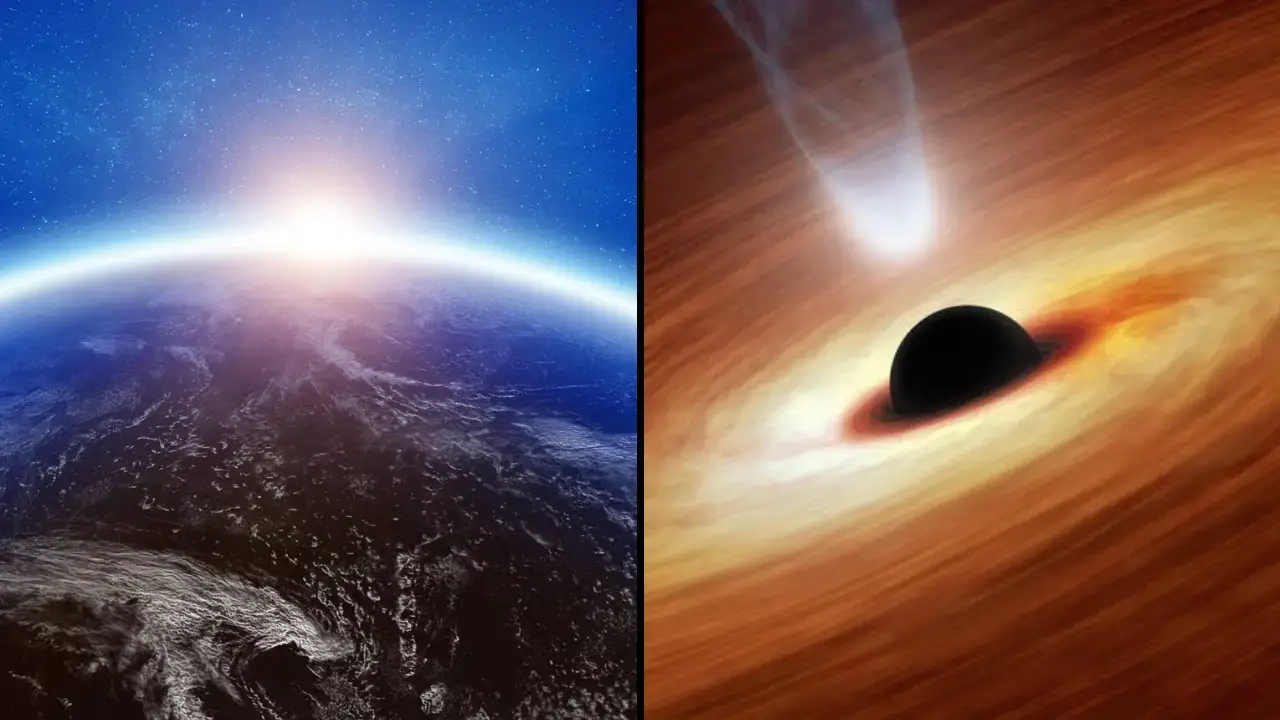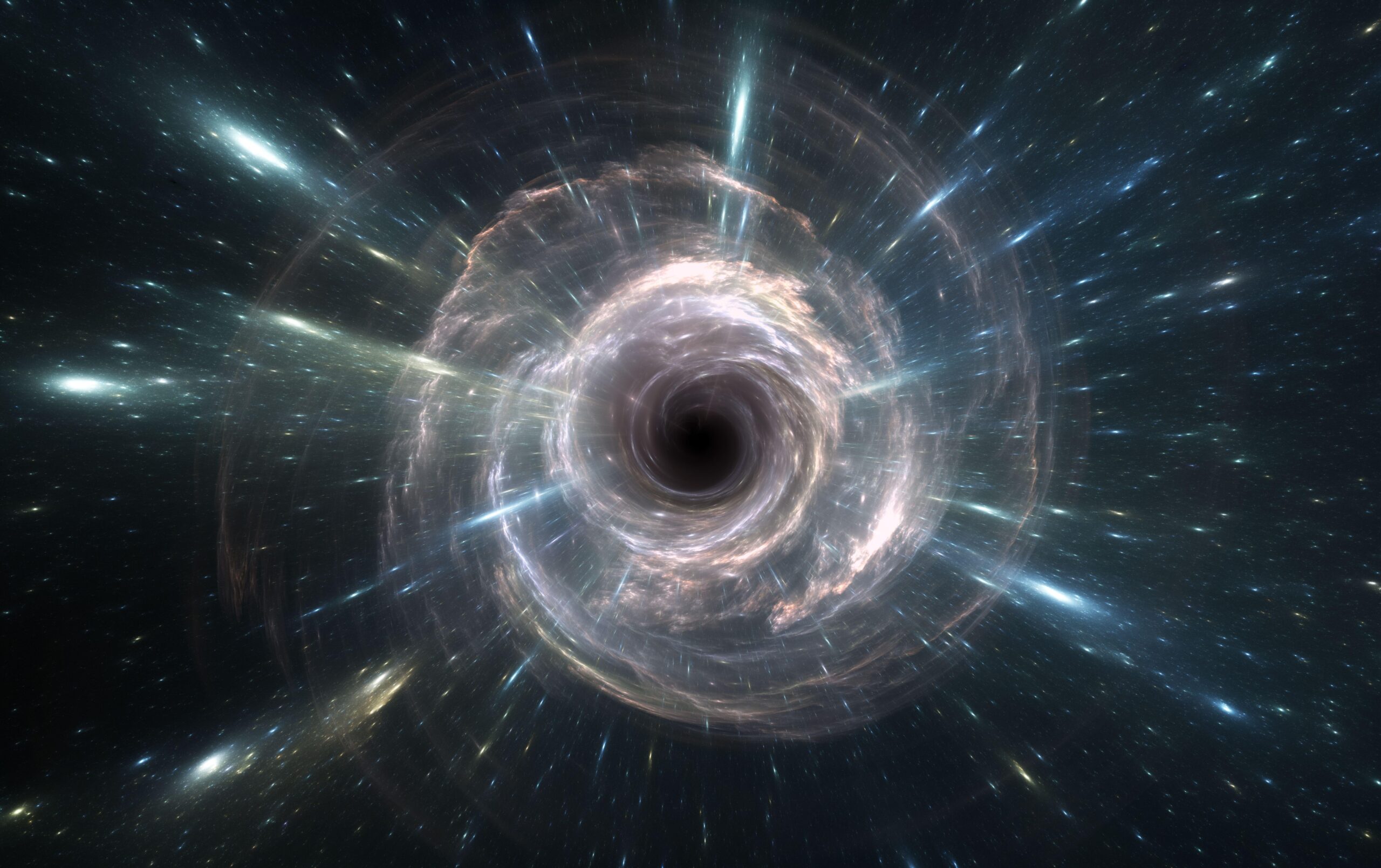
Credit: Alamy
Scientists Simulated A Black Hole In A Lab And It Started To Glow
A lab-simulated black hole started to glow when testing Stephen Hawking’s theory.
As proven in many films, science experiments where they try to create something ‘impossible’ don’t tend to end well.
Films like Jurrasic Park and Planet of Apes puts the human race under threat, while, one of the most iconic monsters in history, Frankenstein, is another product of a science experiment gone wrong.
However, a lot of superheroes – and villains – are manufactured from tests done in a lab.
Scientists have now tried to simulate a black hole, and while nothing has happened, it is believed to have helped enhance our understanding of how black holes work.
Watch this video explaining what we would possibly see if we went through a black hole below…
A team of physicists from the University of Amsterdam created the black hole event horizon using a chain of atoms in a single file.
Its creation seemingly proved Stephen Hawking’s theory from 1974, as the black hole gave off a rare form of radiation.
The scientist theorised that black holes could give off radiation over long timescales if their quantum effects were taken into account.
They studied the properties of Hawking radiation through the creation of a black hole analogue in the lab.
According to Science Alert, Hawking radiation only happens when ‘particles born from disturbances in the quantum fluctuations caused by the black hole’s break in spacetime’.
Related Article: ‘Time Traveller’ Claims People Will ‘Fall From The Sky Next Year’
Related Article: NASA Confirms Mission To Explore Asteroid That Could Make Everyone On Earth A Billionaire
The radiation from the black hole also gave off a glow itself, which is an anomaly as a black hole is supposed to be where neither light nor matter is able to escape.
This has helped scientists understand the strength of a black hole in science class and how we would all be inevitably sucked in as a result.
This is possible due to its density within a specific range of the centre, so even an attempt at travelling beyond light speed would not make this entirely unavoidable.
The fake black hole event also caused a rise in temperature that matched expectations of an equivalent black hole system, as reported by Science Alert.

As a result, it is believed that perhaps this combination of particles plays a big role in generating Hawking radiation.
Scientists have also said that the radiation was only thermal for a certain range of ‘hop amplitudes’.
So there may be certain situations where Hawking radiation can let off thermally and this could only be the case where gravity causes a change in the space-time warp.
“This can open a venue for exploring fundamental quantum-mechanical aspects alongside gravity and curved spacetimes in various condensed matter settings,” the scientists wrote in their paper published by Physical Review Research.
Watch our Video of the Day below…